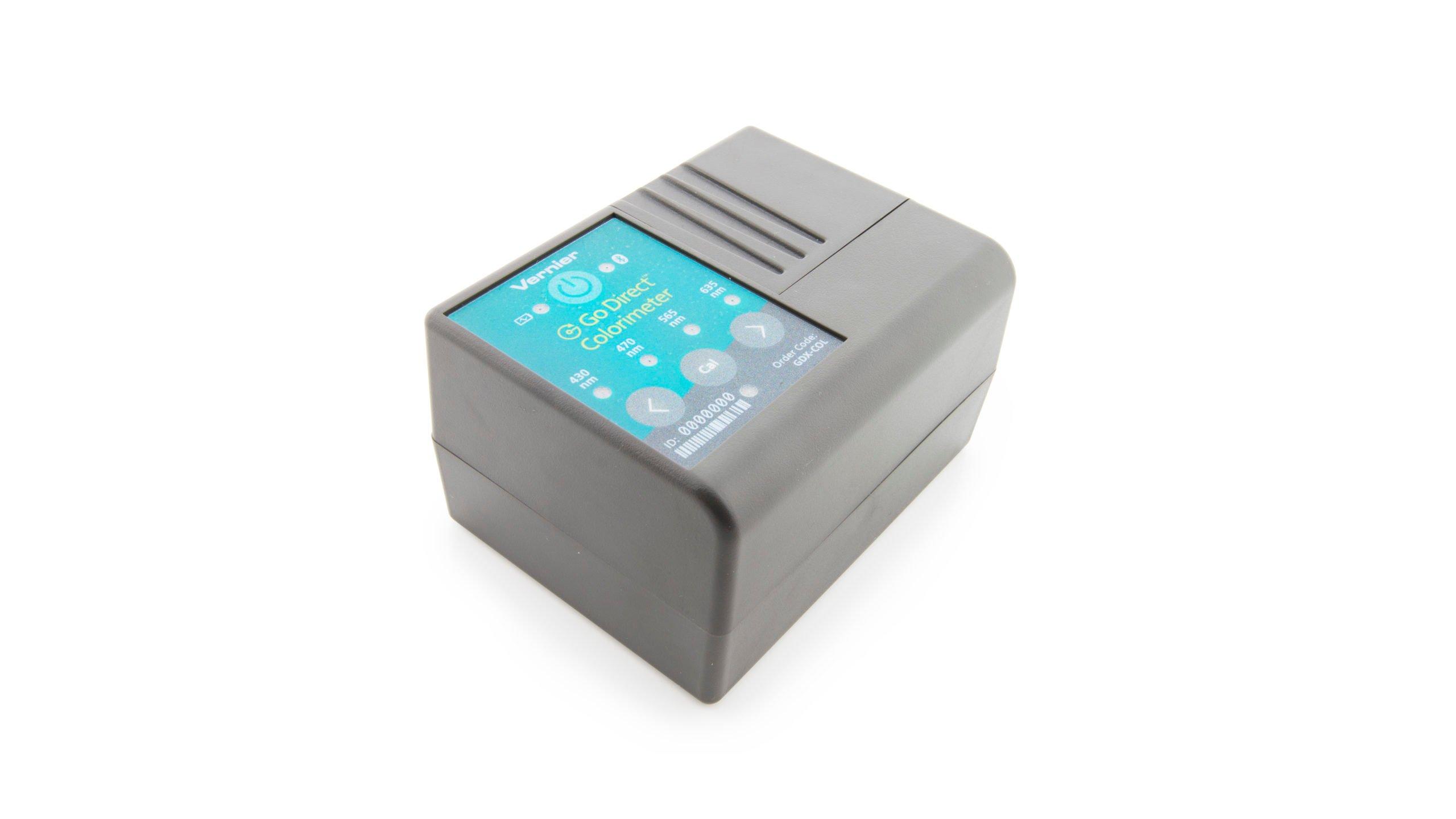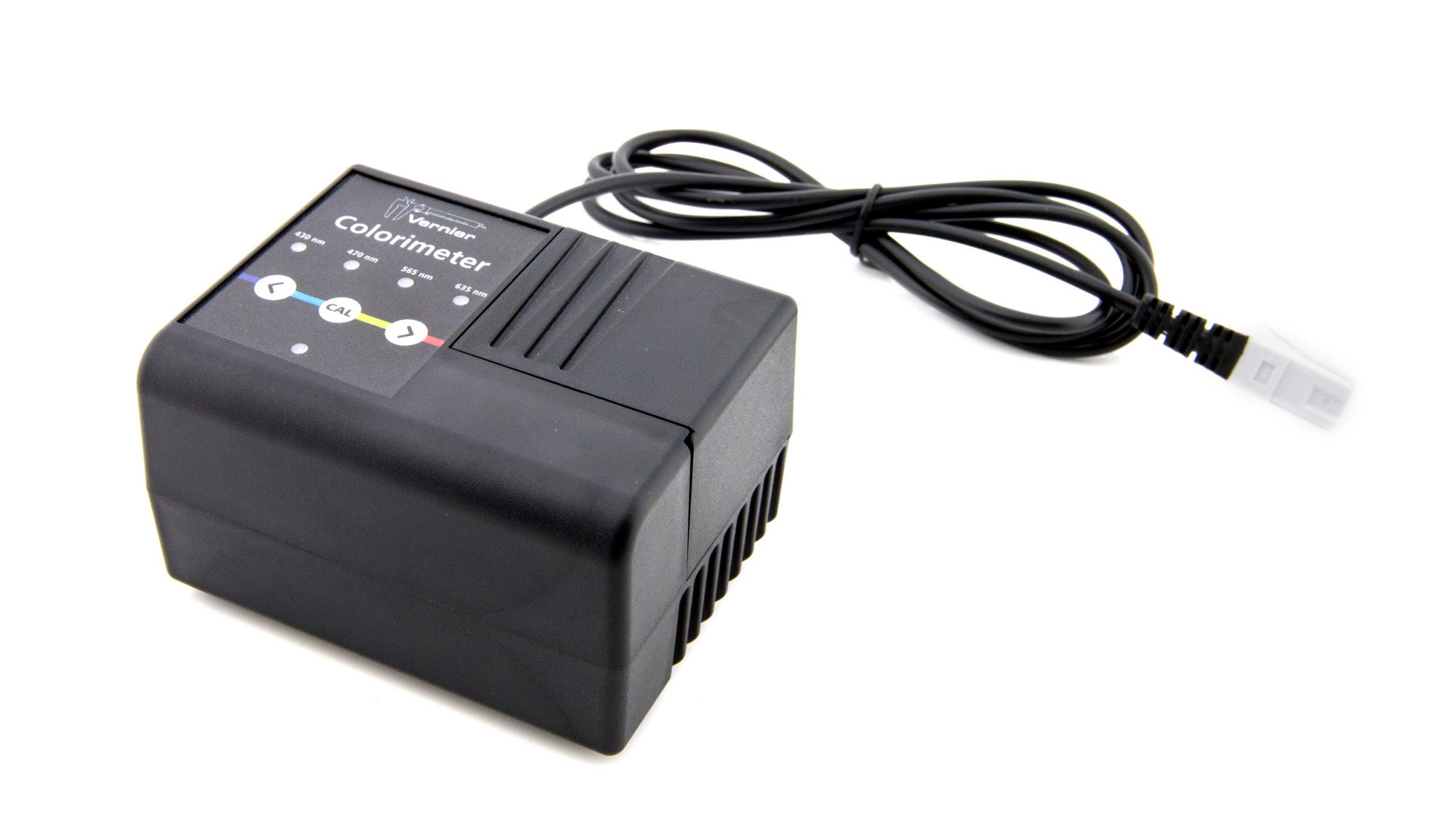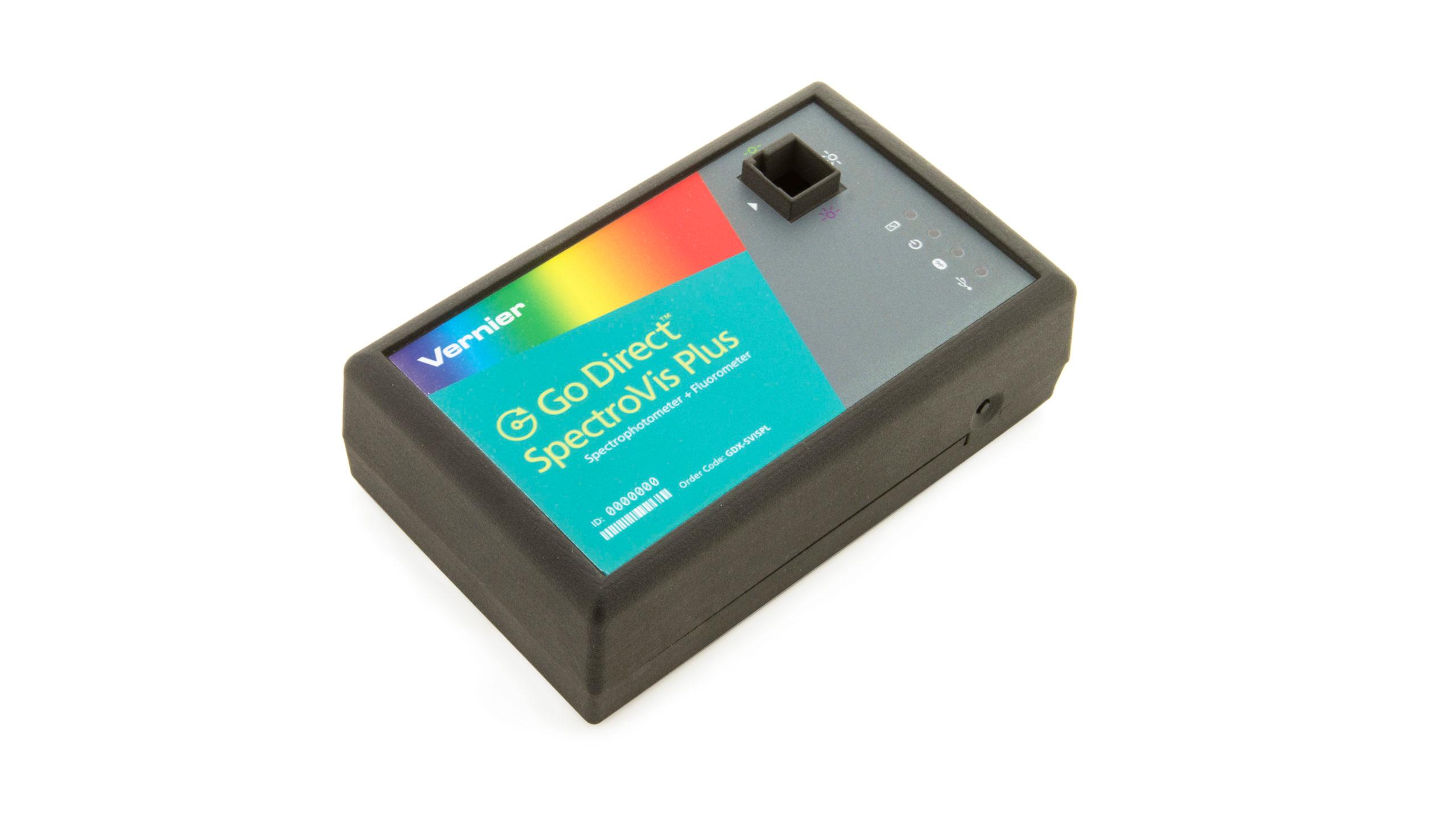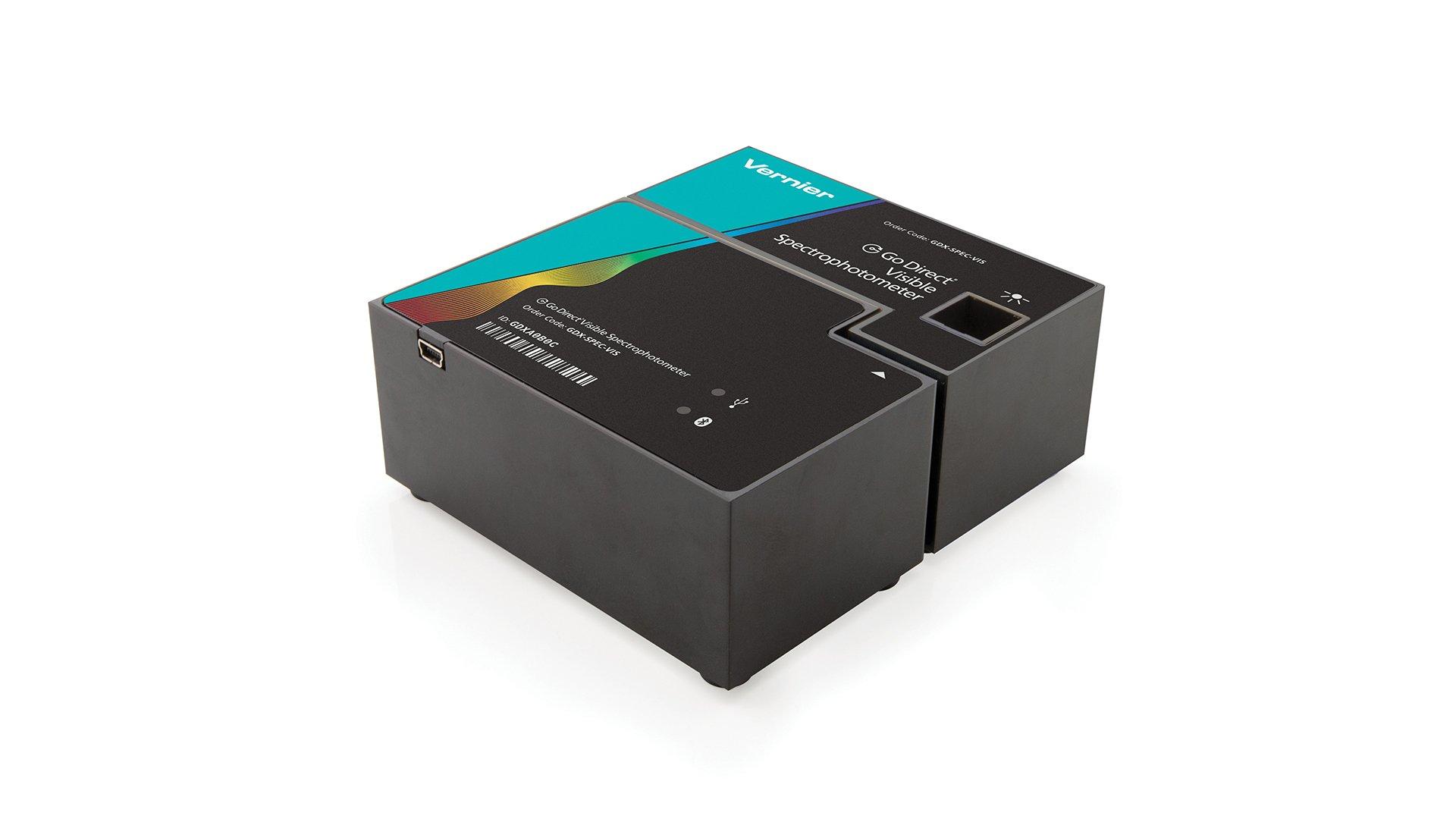Introduction
As organisms reproduce, die, and move in and out of an area, their populations fluctuate. In a closed population, organisms do not move in and out of an area, so their populations change only through natality, or births, and mortality, or deaths of individuals. Yeast are very small, rapidly reproducing organisms. They can experience dramatic population changes over a relatively short time. In this experiment, a population of yeast will be given a small amount of food and placed in a closed environment. Organic materials will not enter or leave the environment—only inorganic gases will be allowed to be exchanged. The population of yeast can be monitored by measuring the turbidity, or cloudiness, of the medium that contains the yeast.
To measure the yeast population, you will be using the Colorimeter or Spectrometer. In this device, light from an LED light source will pass through the medium containing yeast and strike a photocell. Photons of light that strike a yeast cell will be reflected away from the photocell and will make the medium appear more turbid. The Colorimeter or Spectrometer monitors the light received by the photocell as either an absorbance or a percent transmittance value. The absorbance value is proportional the population of yeast present in the medium.
Objectives
In this experiment, you will
- Use a Spectrometer or Colorimeter to monitor a closed population of yeast.
- Use a microscope to monitor a closed population of yeast.
- Compare the population estimates obtained using the two different techniques.
- Practice making dilutions for population counts.
Sensors and Equipment
This experiment features the following sensors and equipment. Additional equipment may be required.
Option 1

Option 3

Correlations
Teaching to an educational standard? This experiment supports the standards below.
Ready to Experiment?
Ask an Expert
Get answers to your questions about how to teach this experiment with our support team.
- Call toll-free: 888-837-6437
- Chat with Us
- Email support@vernier.com
Purchase the Lab Book
This experiment is #13 of Biology with Vernier. The experiment in the book includes student instructions as well as instructor information for set up, helpful hints, and sample graphs and data.



